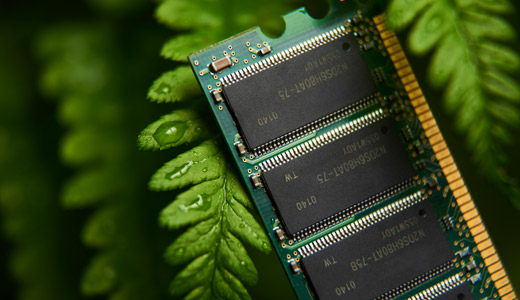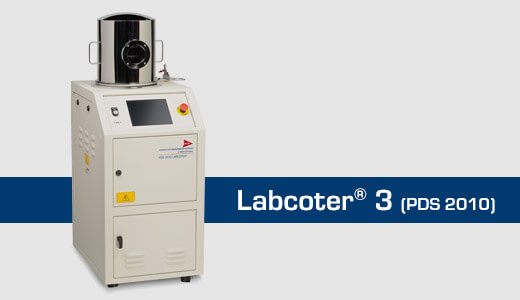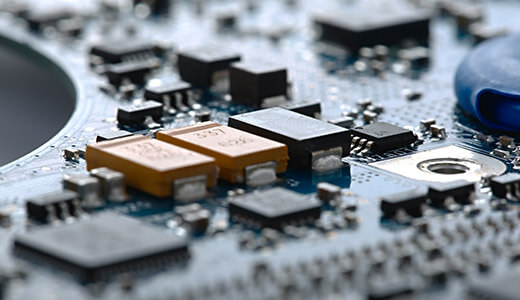<< View SCS Blog
Sustainable Coating Solutions
For decades, conformal coatings have enhanced the reliability of the most advanced technologies. The global shift towards sustainability has driven manufacturers to require coatings that minimize negative environmental impacts without compromising protection. Ultra-thin nanocoatings offer a highly reliable sustainable solution and unique properties to meet the specific needs of applications.

A nanocoating refers to nanoscale thin-films that are applied with a thickness of a few tens to a few hundreds of nanometers. The coatings provide many excellent properties that improve an application’s functionality, including corrosion protection, water and moisture protection, friction reduction, antifouling and antibacterial properties, self-cleaning, heat and radiation resistance and thermal management. Nanocoatings’ sustainable characteristics include:
- Greener alternative to solvent-based coatings
- Made entirely from non-toxic materials
- Less energy-intensive and contain no volatile organic compounds (VOCs)
- Support eco-friendly manufacturing
- Low carbon footprint
- RoHS, California Proposition 65 and REACH/SVHC compliant
Due to their thin application and environmentally-sound attributes, Parylene, plasma and atomic layer deposition (ALD) conformal coatings are all sustainable nanocoatings.
Parylenes are a truly conformal, thin, optically clear, inert coating applied in a vacuum chamber at room temperature. They are chemically pure coating that does not use any catalysts or leachable materials. Parylenes provide excellent moisture and chemical barrier, high dielectric strength and are biocompatible. The nanocoating’s unique combination of performance, protection and durability make them ideal for numerous applications, including high frequency electronics, NEMS and MEMS, pressure and temperature sensors, nano-electronic parts, hybrid fuel system electronics, fuel-cell components, flexible electronics, optoelectronic devices, biochips and other medical electronics devices.
Plasma coatings are applied through chemical vapor deposition (CVD) and are low-power insulating organic coatings. The coatings are highly hydrophobic and provides excellent chemical and moisture barrier properties. Plasma nanocoatings are well-suited for many applications, including consumer electronics, hearing aids, catheters, guide wires and stents.
Deposited at the atomic level, multilayer ALD coatings combine layers of organic and inorganic thin films and can improve coating properties even further, creating a more robust solution. ALD nanocoatings offer improved corrosion resistance and barrier performance against water vapor and gases. They provide excellent protection to applications that must operate without failure in harsh or extreme environments for extended periods, including printed circuit boards, flexible electronics, MEMS, fuel cells, solar cells, transistors, drug delivery, tissue engineering and implants.
SCS VP of Technology Dr. Rakesh Kumar recently presented and participated in a panel discussion at The Advanced Materials Show on sustainable coatings. Dr. Kumar’s presentation, “Advances in Sustainable Nanocoating Technologies for Electronics and Medical Applications”, discussed SCS’ sustainable nanocoating solutions, the unique protective properties they offer and several coating application examples that benefit from these industry-leading technologies.
To learn more about SCS nanocoationgs and how they can protect your applications and meet sustainability requirements, contact SCS.
Global Coverage Issue 93, Fall 2022




